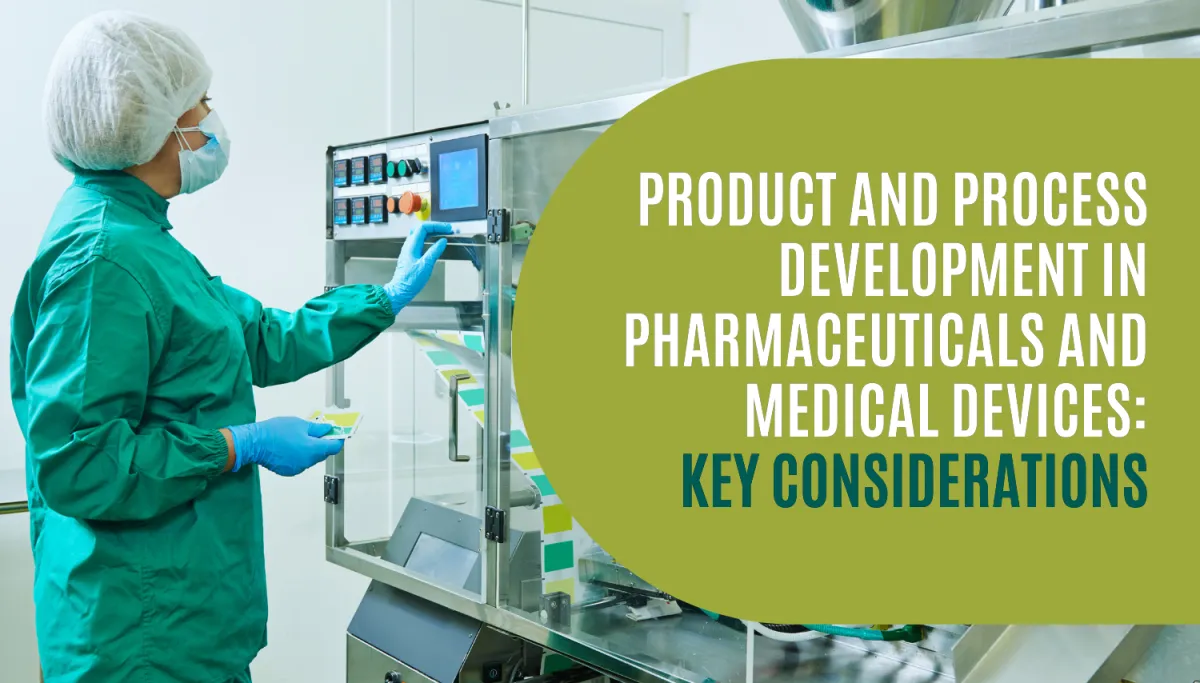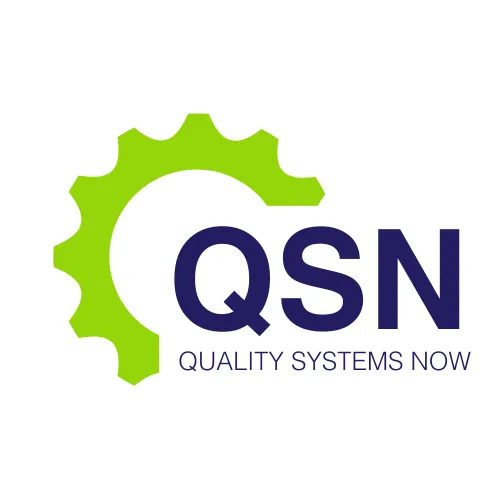LATEST NEWS

Product and Process Development in Pharmaceuticals and Medical Devices: Key Considerations
The identification of Critical Process Parameters (CPPs), robust validation strategies, stability program design, and specification management are integral to ensuring compliance with regulatory standards and successful market entry. This article explores key components of product and process development, including regulatory expectations for validation, stability strategy alignment, supporting studies for product registration, and technical transfers.
1. Process Development and Identification of Critical Process Parameters (CPPs)
Process development is the foundation of product manufacturing. It involves defining and optimizing the processes that will be used to produce a product at scale, ensuring quality, consistency, and compliance with regulatory requirements. One of the critical aspects of this phase is the identification of Critical Process Parameters (CPPs)—process variables that directly impact the Critical Quality Attributes (CQAs) of the product. CPPs are key factors in maintaining product quality, safety, and efficacy, and their identification is essential for successful process control.
Key Steps in Identifying CPPs:
Risk Assessment: Use tools such as Failure Mode and Effects Analysis (FMEA) or Hazard Analysis and Critical Control Points (HACCP) to identify potential risks associated with various process parameters.
Process Characterization: Perform experiments to understand the relationship between process parameters and product quality. This helps in identifying parameters that need stringent control.
Design of Experiments (DoE): Utilize DoE approaches to systematically study process variables and their effects on CQAs, ensuring that only the most impactful parameters are classified as CPPs.
Effective identification of CPPs not only ensures product quality but also reduces the risk of non-compliance during regulatory inspections and audits.
2. Validation: Ensuring Process Control and Regulatory Compliance
Validation is a fundamental requirement in both pharmaceutical and medical device manufacturing. It involves the documented evidence that processes, systems, and equipment consistently produce results that meet predefined specifications. There are three critical aspects of validation: process validation, equipment qualification, and method validation.
Process Validation: Process validation involves demonstrating that a process, under defined operating conditions, will consistently produce a product meeting its predetermined specifications and quality attributes. This step is crucial for ensuring that CPPs are well-controlled and that the process can be scaled up without introducing variability.
Qualification (DQ, IQ, OQ, PQ): Equipment qualification typically follows the stages of Design Qualification (DQ), Installation Qualification (IQ), Operational Qualification (OQ), and Performance Qualification (PQ). Each stage documents that the equipment operates as intended within its defined parameters.
Method Validation: Analytical methods used to measure product quality must be validated to ensure their accuracy, precision, specificity, and reproducibility.
Validation activities must be thoroughly documented, following a risk-based approach. This includes developing and maintaining validation protocols, reports, and ongoing monitoring to ensure continued process control and compliance with Good Manufacturing Practices (GMP).
3. Stability Strategy Aligned to Regulatory Aspirations
A well-designed stability strategy is crucial to support product development and ensure compliance with regulatory expectations. Stability testing assesses how the quality of a drug product or medical device changes over time under various environmental conditions, such as temperature and humidity. This information is essential for determining shelf life, storage conditions, and packaging requirements.
Aligning stability strategy with regulatory aspirations involves:
Long-term and Accelerated Stability Testing: Stability studies must cover a wide range of conditions, simulating both normal storage and accelerated stress conditions. These studies should meet the requirements set by regulatory authorities such as the FDA, EMA, or TGA.
Bracketing and Matrixing Designs: These approaches can reduce the number of stability tests required, optimizing the cost and time of studies without compromising data integrity.
Ongoing Stability Studies: In addition to pre-approval stability studies, post-approval monitoring must continue to ensure that the product remains stable throughout its lifecycle.
4. Designing Stability Programs
A stability program must be tailored to the specific product and aligned with regulatory guidelines. Key elements of a well-designed stability program include:
Defining Stability-Indicating Methods: Analytical methods used in stability studies must be validated as stability-indicating, ensuring they can detect changes in product quality attributes over time.
Environmental Chamber Monitoring: Stability chambers should be continuously monitored to maintain conditions within specified ranges, with data logging and alarm systems in place to detect deviations.
Sampling Frequency and Testing Timepoints: Carefully planned testing intervals, such as initial, 3-month, 6-month, 12-month, and 24-month timepoints, ensure comprehensive data collection on product stability.
5. Specification Development and Management
Specification development is a critical step in product development, defining the acceptance criteria for a product’s quality attributes. Specifications must be scientifically justified and based on rigorous data from development studies.
Best Practices for Specification Development:
Linking Specifications to Critical Quality Attributes (CQAs): Specifications should reflect the attributes most critical to product safety, efficacy, and performance.
Regulatory Alignment: Ensure specifications meet the requirements set by regulatory agencies, and be prepared to justify your choices during product registration.
Change Management: Any changes to specifications after regulatory approval require a documented change control process and potentially a regulatory submission.
6. Design of Supporting Studies for Registration
Supporting studies are essential for building a comprehensive data package to support product registration. These studies include:
Non-Clinical (GLP) Studies: These studies focus on the safety profile of the product, following Good Laboratory Practice (GLP) guidelines.
Clinical (GCP) Studies: Clinical trials conducted under Good Clinical Practice (GCP) standards provide data on the efficacy and safety of the product in humans.
Transport Studies: These studies ensure that the product remains stable and functional under real-world shipping conditions, including cold-chain studies for temperature-sensitive products.
Extractables and Leachables (E&L) Studies: E&L studies assess the risk of contaminants migrating from packaging or container-closure systems into the product.
The data from these studies must be thoroughly documented and integrated into the regulatory submission dossier, supporting the product’s safety, efficacy, and quality.
7. Completing and Documenting Design and Development Stages (Medical Devices)
For medical devices, the Design and Development process is critical for ensuring compliance with ISO 13485 and FDA regulations. This process involves multiple stages, including concept design, prototype development, testing, and validation. Documenting each phase in a Design History File (DHF) ensures traceability and compliance.
8. Technical Transfers: From Development to Commercialization
Technical transfers involve the handover of product and process knowledge from the development phase to manufacturing, either within the same organization or to a third-party contract manufacturer. Successful transfers require detailed documentation of CPPs, specifications, validation results, and stability data. Properly managed technical transfers ensure that the product can be manufactured at scale without deviations from quality standards.
Get in Touch - Schedule a call
Product and process development in the pharmaceutical and medical device industries are complex but critical for ensuring regulatory compliance and product success. From identifying Critical Process Parameters and executing validation to designing stability programs and managing technical transfers, each phase must be meticulously planned and documented. Aligning these activities with regulatory expectations is essential for securing product approval and maintaining quality throughout the product lifecycle.
